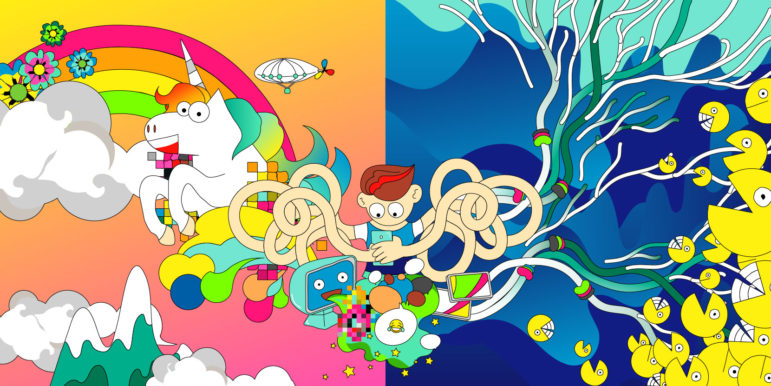Every day, people are influenced online by user interface design tactics attempting to sway their decision-making, snatching away their agency, and manipulating their behavior. These deceptive designs — also known as dark patterns — are made up of calculated decisions by digital product, platform, and service providers to boost their agendas, often toward a decision that is against the person’s best interests in regards to privacy and autonomy. It doesn’t have to be this way. No more deceptive designs: dos and don’ts for responsible user experience practices can help combat the deception.
“Manipulating how people navigate a website or app is a choice,” said Sage Cheng, Head of Design and Creative Production at Access Now. “We’re not simply asking designers and their Big Tech backers to not make that choice, we’re showing them exactly how they can avoid design practices that could harm people, and urging them to center human rights in people’s experiences on digital platforms.”
When companies like YouTube, Twitter, and Venmo use deceptive design techniques they can facilitate rights violations by forcing people into giving out their personal data in exchange for using certain services when it is not necessary, or making them click through copious menus or pages before reaching their destination. When Google was confronted about its unclear approach to paid advertising, it took the tech giant more than two years to address the issue, and only then switched out the small tag “ad” for “sponsored,” failing to address the issue at hand — a lack of clarity around the origin of content. Whether it is a loss of agency, privacy, money, or time, deceptive designs obstruct people from making autonomous and informed decisions online.
“Online services are a necessity for many, but from the language they choose, to the design elements they implement, we can have little control over our online experiences,” said Willmary Escoto, U.S. Data Protection lead at Access Now. “Access Now encourages companies and their product and design teams to follow these practical dos and don’ts so they can both achieve their objectives, and grant agency to those who visit their sites.”
To combat this deception, Access Now, together with partners — designers, researchers, technologists, and civil society actors — has laid out clear cut, practical guidance for product design teams that centers human rights, and promotes freedom of choice, including around verbal and written language, visual design, and user research and data protection. Read the full tip sheet.
